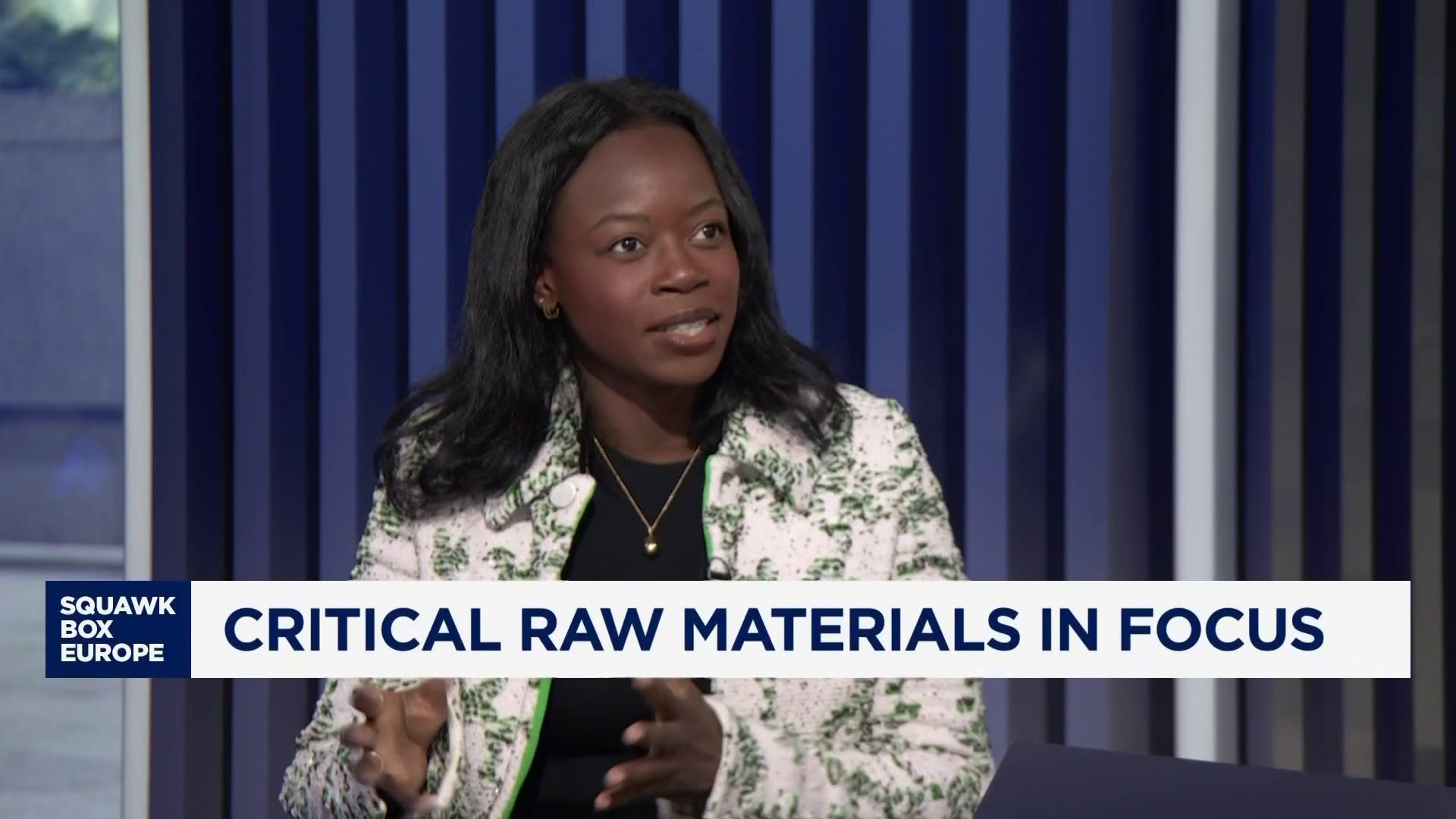Investor demand for critical raw materials is rising, according to a recent analysis by Barclays. The report highlights a significant shift in market dynamics as investors increasingly recognize the importance of these materials in various sectors, including technology, renewable energy, and automotive industries.
According to the Barclays report, the growing appetite for critical raw materials is driven by a combination of factors. The transition to greener technologies and the increasing reliance on advanced electronics are creating heightened demand for materials such as lithium, cobalt, and nickel. These elements are essential for battery production and other applications that support the global shift towards sustainability.
Market Trends and Predictions
The analysts at Barclays forecast significant growth in the investment landscape for critical raw materials. They estimate that the global market for these resources could reach approximately $1 trillion by 2030. This projection underscores the urgency for stakeholders to secure reliable access to essential materials.
Recent data indicates that the prices of critical raw materials have already seen notable increases. For instance, lithium prices surged by more than 400% over the past year, reflecting the escalating demand from electric vehicle manufacturers. Similarly, cobalt and nickel have experienced price hikes, prompting investors to reassess their portfolios.
Implications for Investors
The Barclays report outlines that the increased interest in critical raw materials presents both opportunities and challenges for investors. While the rising demand creates potential for substantial returns, it also highlights the need for strategic approaches to mitigate risks associated with market volatility.
Investors are encouraged to consider diversified portfolios that include exposure to mining companies and technology firms that utilize these raw materials. By doing so, they can capitalize on the burgeoning market while managing potential fluctuations in prices.
The emphasis on sustainability and green technologies is likely to further drive investor interest in the sector. As governments around the world implement policies to reduce carbon emissions, the demand for critical raw materials is expected to continue its upward trajectory.
In conclusion, Barclays’ analysis reflects a significant trend in the investment community’s growing focus on critical raw materials. With projections suggesting a market value of $1 trillion by 2030, stakeholders must remain vigilant in adapting to the evolving landscape of this vital sector.
